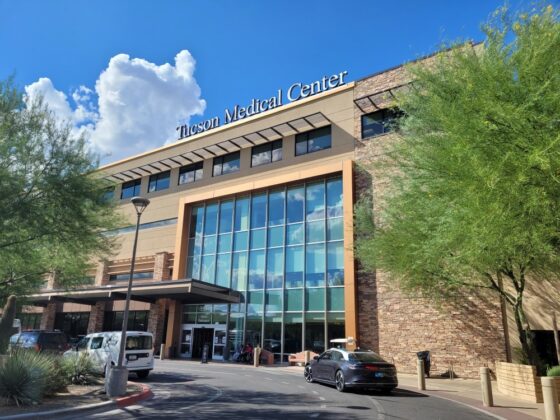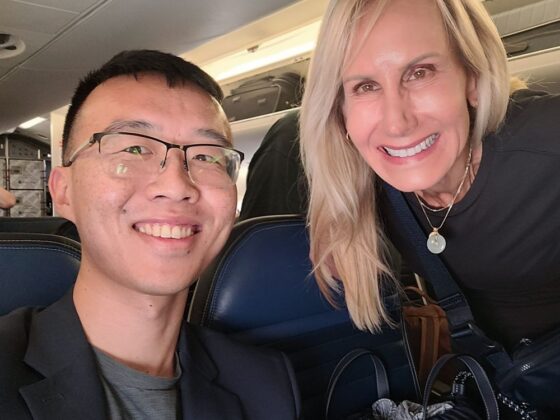I was listening to Andrew Huberman’s podcast and that’s where I heard about Dr. Anna Lembke’s Dopamine Nation book.
I must say – it is a great book.
It’s fluid and easy to read.
There’s enough biology in there to explain how addiction works without feeling like you’re attending a full blown lecture on the human body.
Personally, I think what really makes the book really great are the narratives she has. Before starting her book, I was looking for a more practical book to read. Something that would give the tools and mindsets I could use to improve my life. I didn’t really think about reading a book with personal stories.
The narratives of her and her patient’s battles with addiction really make this book more relatable. She makes me feel that I’m not alone in my battle with my own addictions.
I wish I wrote down all the little things I liked about her book along the way, but I’m not exactly ready to go back and re-read the book just to get the highlights.
So I’m pointing out some of the things in the book that were really memorable or helpful for me.
Pain/pleasure balance
I didn’t know that there was a pain/pleasure balance in our brain. I’ve experienced it before, but not enough to think that it was an actual aspect of the human brain. It’s cool to learn that pleasure and pain are processed in overlapping brain regions.
It explains why people often feel good after a cold shower or working out. The pain we feel from undergoing cold water or lifting heavy weights is balanced by the pleasure of completing those things.
It also explains why we suffer a crash after a dopamine rush. The brain wants to maintain homeostasis. So the more dopamine you get and the faster you get it, the faster the crash and the more pain you feel when rebounding/recovering.
The D.O.P.A.M.I.N.E tool for dopamine fasting
I like how cheeky but cool it is to use the word dopamine as an acronym and tool to help with your dopamine fasting. As a reminder,
- D stands for data
- collect facts about your drug consumption (smoking, drinking, sex, etc…)
- O stands for objectives
- define why you’re consuming (to have fun, to fit in, etc…)
- P stands for problems
- identify the problems you face with consuming so much of your drug (health, relationships, moral, etc…)
- A stands for abstinence
- practice abstinence from the drug; however, if it becomes life threatening, stop and seek a medical professional to help with the abstinence
- Dr. Anna Lembke says about 4 weeks is what it takes to reset brain’s plain/pleasure balance
- M stands for mindfulness
- observe what your brain is doing while it’s doing it, without judgement
- instead of running away from painful emotions, allow yourself to tolerate them.
- I stands for insight
- gain insight to your behaviors during your dopamine fasting
- N stands for next steps
- define steps on what they want to do with their drug after they’ve fasted for a month (go back to using, use it differently, eliminate the drug completely?)
- this happens after you’ve completed the dopamine fast
- E stands for experiment
- try and learn how to manage your newly reset dopamine balance
Being radically honest to yourself and others
My favorite chapter was Chapter 8, which covered how radical honesty was essential to recovery from addiction.
After completing that chapter, I felt like I wasn’t being completely honest to myself about my own addictions in life. I also felt like I lost my ability to be completely honest in front of others.
This chapter really made me think about going to therapy in order to practice being honest in front of somebody.
Being honest is a simple idea, but when it comes down to doing it, it’s hard.




